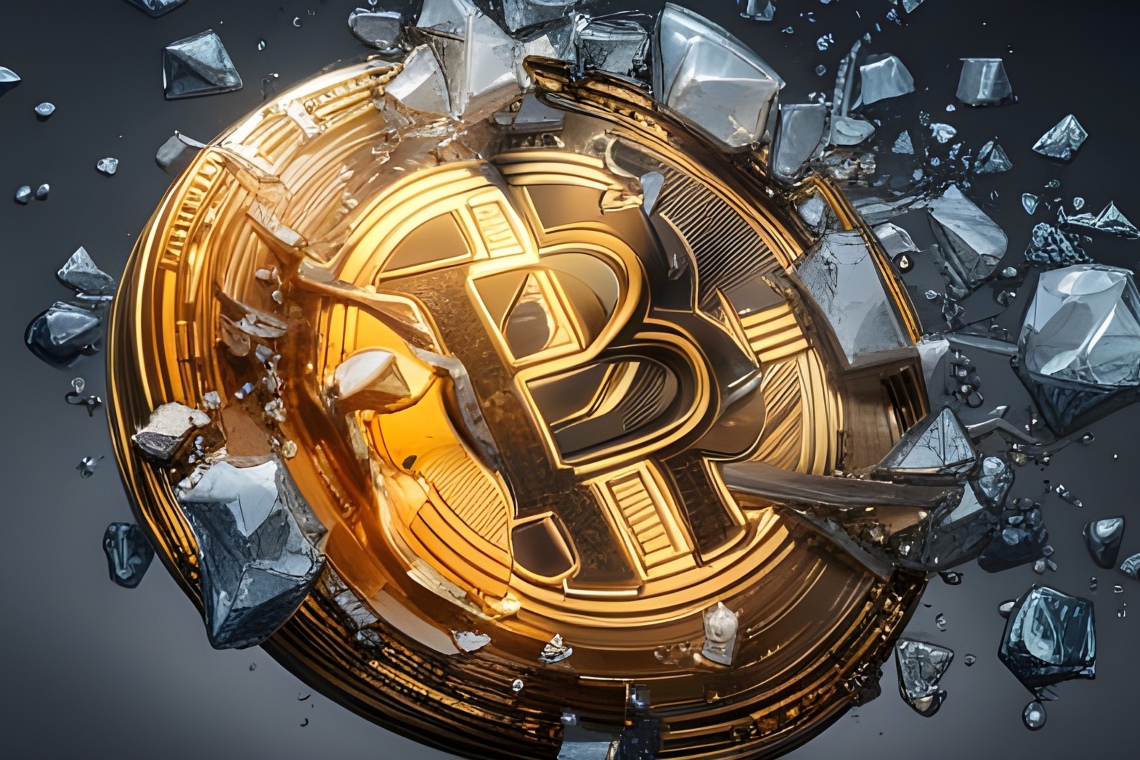Important news involving the NFT sector, in this case we are talking about the launchpad of Bitcoin Ordinals, which recently introduced the BRC-69 standard in order to reduce costs by 90%.
As a reminder, introduced in January 2023, Bitcoin Ordinals are a method of generating Bitcoin NFTs by attaching information to individual satoshi.
Let’s see all the details below.
Summary
NFTs: all the new features proposed by Bitcoin Ordinals Luminex
As anticipated, the launch platform Bitcoin Ordinals Luminex has unveiled the new BRC-69 standard, designed to simplify the creation of recursive Ordinals collections by reducing registration costs and simplifying the on-chain pre-revelation process.
Recently, Ordinals developers introduced recursive registrations to overcome Bitcoin’s 4 MB block size limitation of NFTs by allowing registrations to collaborate with each other.
It is worth recalling that, previously, Ordinals records representing tokens and NFTs on Bitcoin operated independently of each other, without knowledge of other records.
Indeed, recursive records can refer to the content of other records using a special syntax.
Based on this, Luminex claims that BRC-69 can reduce the cost of registrations by more than 90%, helping to optimize the Bitcoin block space as the number of registrations increases.
The cost reduction is achieved through a four-step process that includes trait registration, collection distribution, compilation, and resource minting, respectively, Luminex says.
New BRC-69 standard: on-chain resources and more
In other words, Luminex’s proposal implies that miners only need to register a single line of text rather than a full image.
This text serves as a reference, enabling automatic rendering of the final image through Ordinals frontends, using only on-chain resources.
With regard to the innovation specifically, Luminex stated the following:
“The final result? An impeccably rendered image. Unlike other recursive SVG collections, these images can be dragged and dropped and saved as typical image type Ordinals.”
In addition to cost savings, Luminex says BRC-69 paves the way for additional enhancements and features.
For example, launching collections with a fully on-chain pre-reveal process, which includes the presentation of a collection, including the final image and associated traits, occurs directly on the blockchain without requiring off-chain resources.
Furthermore, as mentioned above, Luminex stated that the adoption of the BRC-69 standard will lead to improved efficiency in the utilization of Bitcoin’s block space.
Thanks to this standard, the unique trait images are in fact recorded only once in the Deploy transaction, whereas the resources consist of an HTML file referencing these traits in a single line of about 150 bytes.
With the implementation of recursive enrollment, any front-end will be able to render the images without additional steps, using the Deploy on-chain enrollment directly.
It is worth mentioning that the Ordinals protocol gained notoriety earlier this year, enabling the creation of tokens and NFTs on Bitcoin and leading to an increase in transactions and fees on the network.
The increase in transactions and fees on the Bitcoin network: some data
Based on recent data, we see that after reaching its lowest level in nearly two years, the number of active addresses on the Bitcoin network showed a dramatic rebound last month.
At the same time, the number of transactions increased significantly, exceeding 16 million, as reported by The Block Research data.
The increase in transactions had a ripple effect on fees, which skyrocketed to an average of $16.08 on 11 May, the highest level in two years.
Thereafter, the fees fell dramatically to just over $4, registering a decline of more than 70%. We note that most of the Ordinal tokens, created on the new token standard for Bitcoin called BRC-20, were memecoins.
At one point, the total market value of BRC-20 memecoins exceeded $900 million. However, as indicated by data from brc-20.io, which monitors BRC-20s, the total market value of those tokens has declined substantially to about $475 million. This data reflects the fluctuation in the value of BRC-20 memecoins over time.




